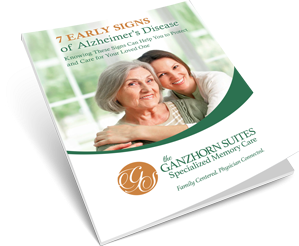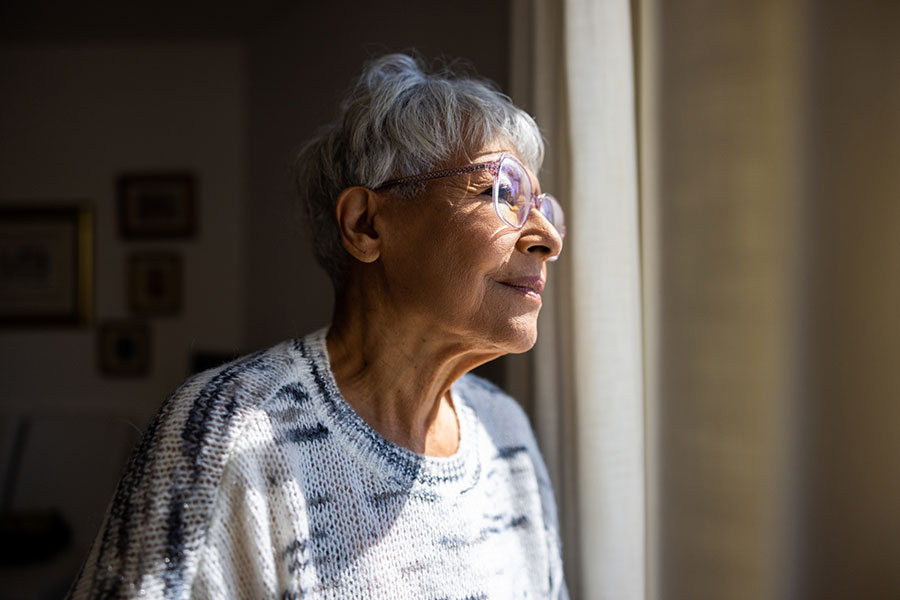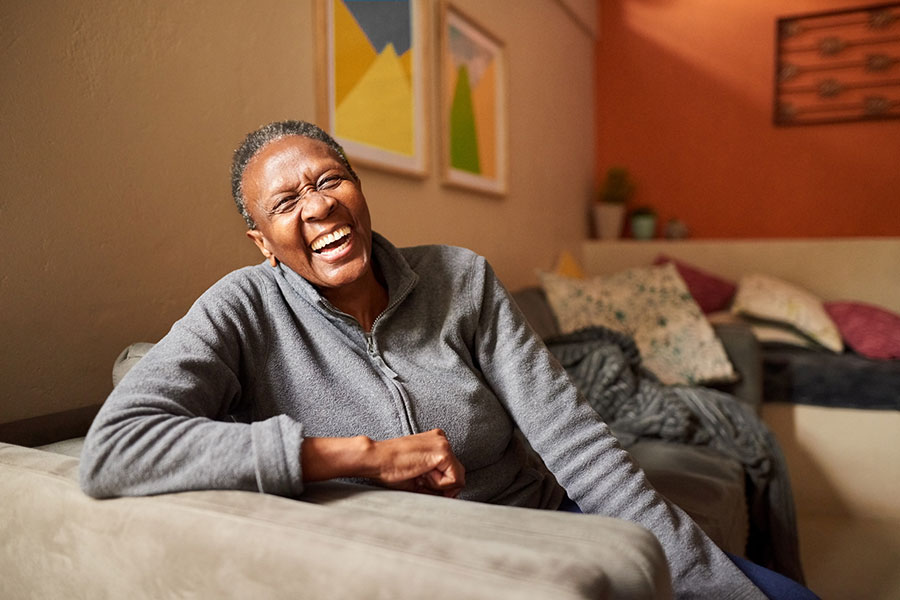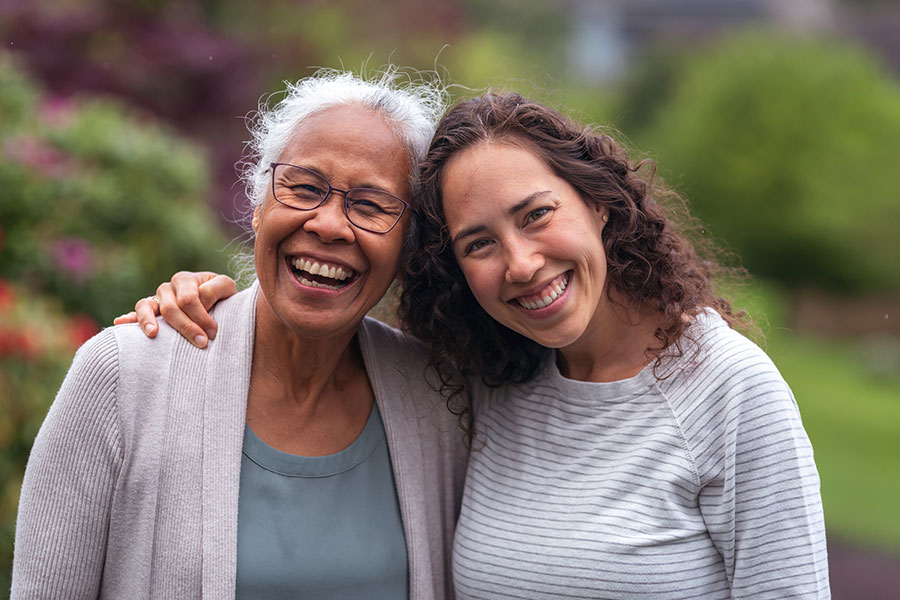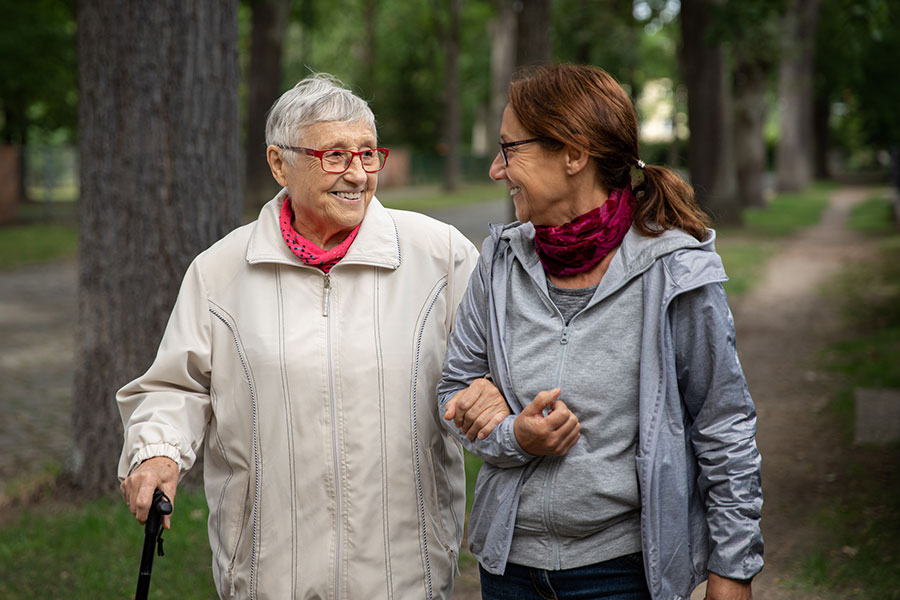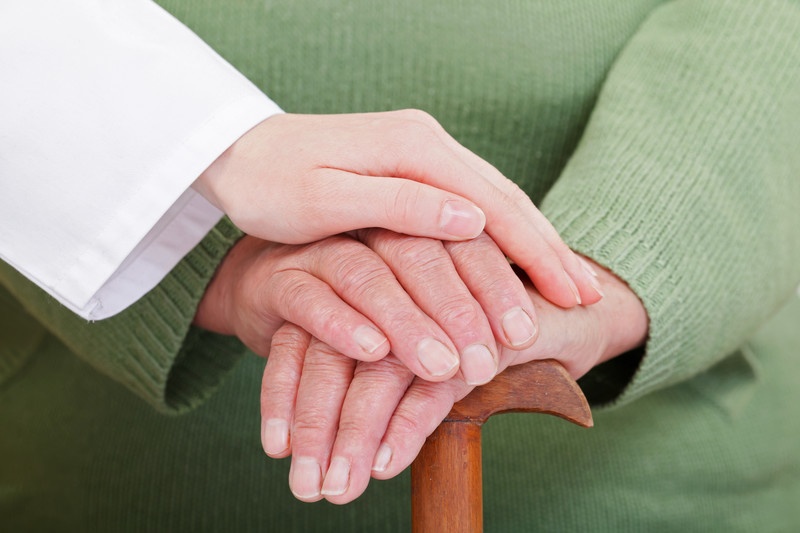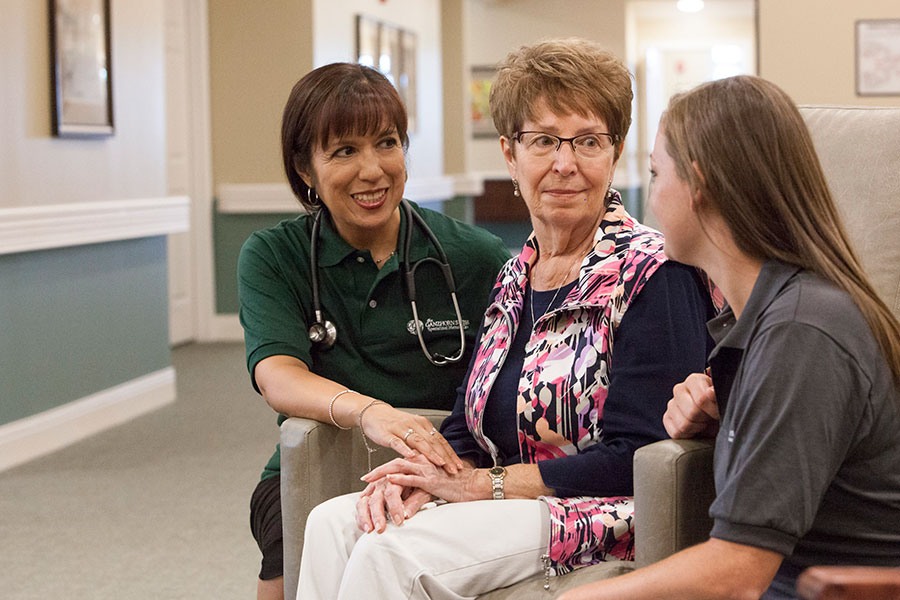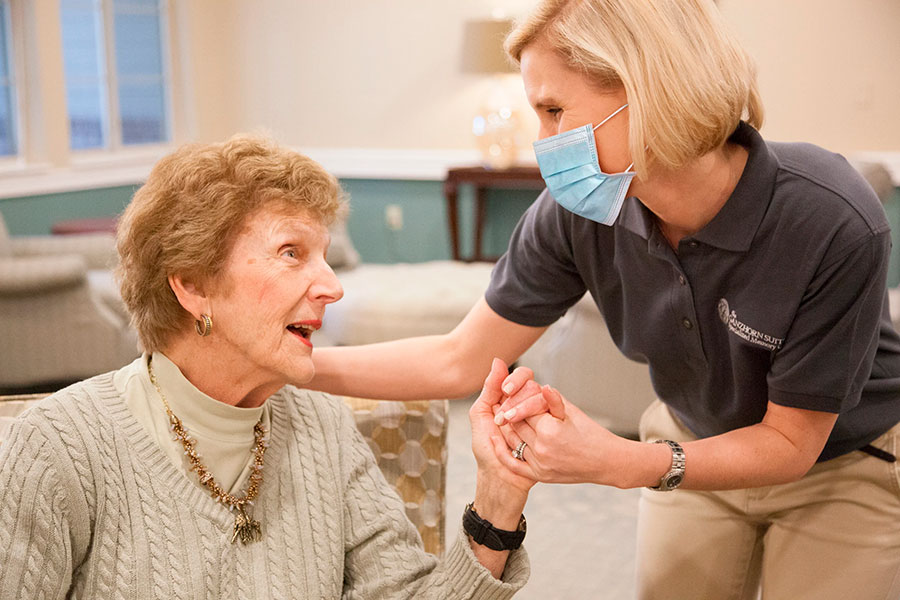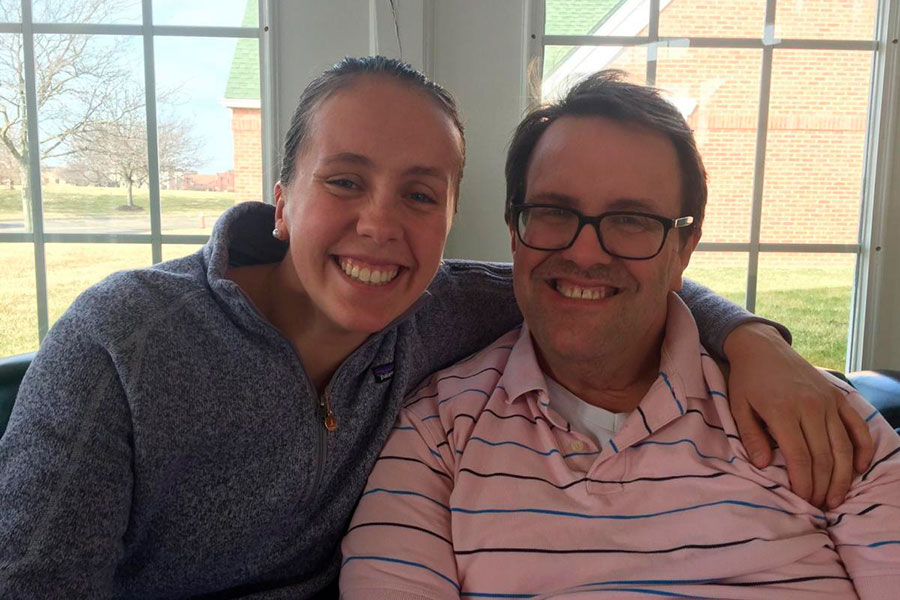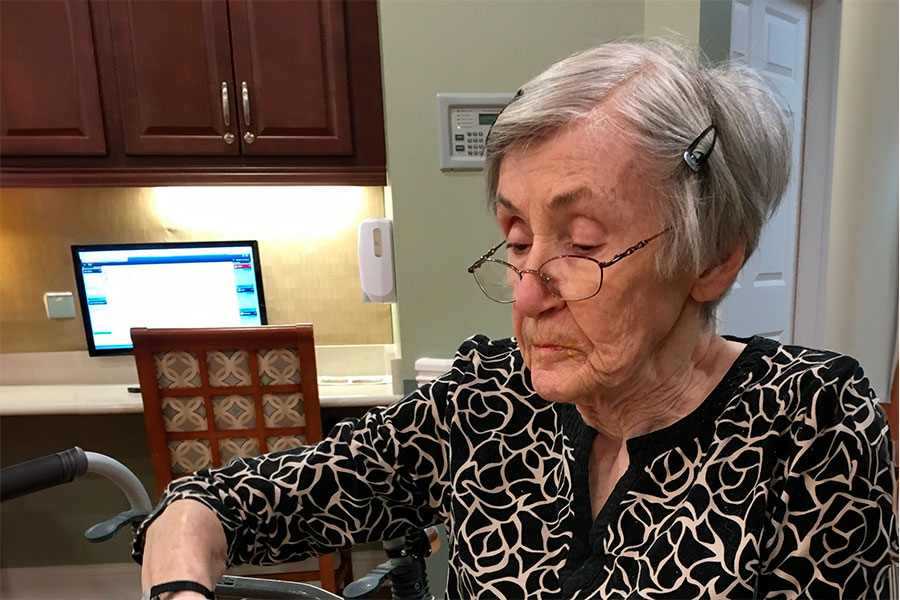
Education and Resources
At the Ganzhorn Suites, we are dedicated to providing resources, education and support to people living with dementia, their families and caregivers. We know it can be a challenging journey, so we strive to provide timely and helpful information to help them every step of the way.
Learn the 7 Early Signs of Alzheimer’s Disease
Symptoms of cognitive decline tend to appear gradually over time, and are therefore easy to miss. This guide helps you become aware of the early signs.
